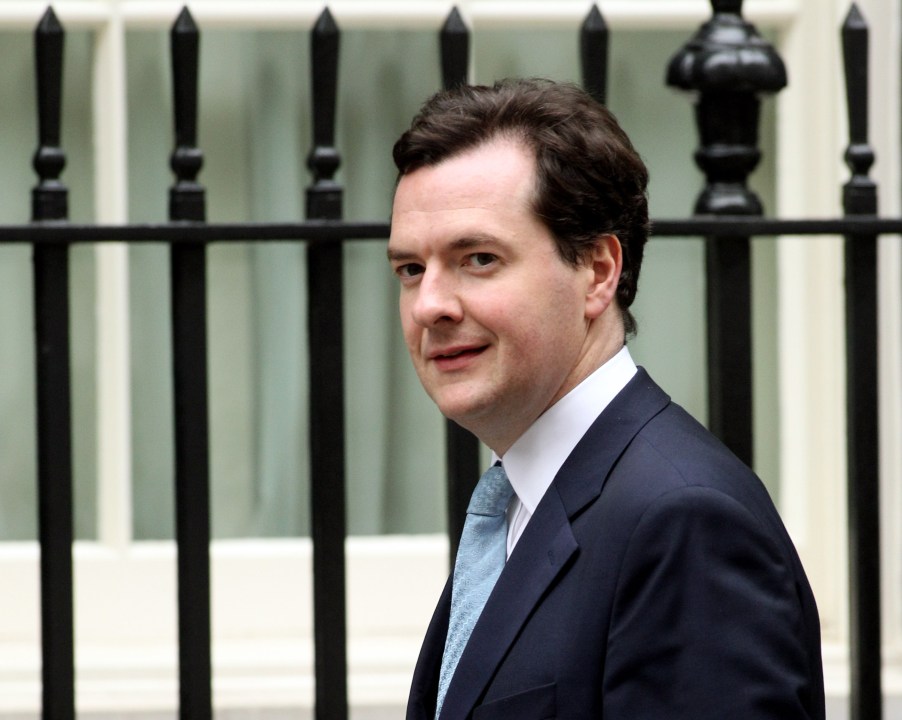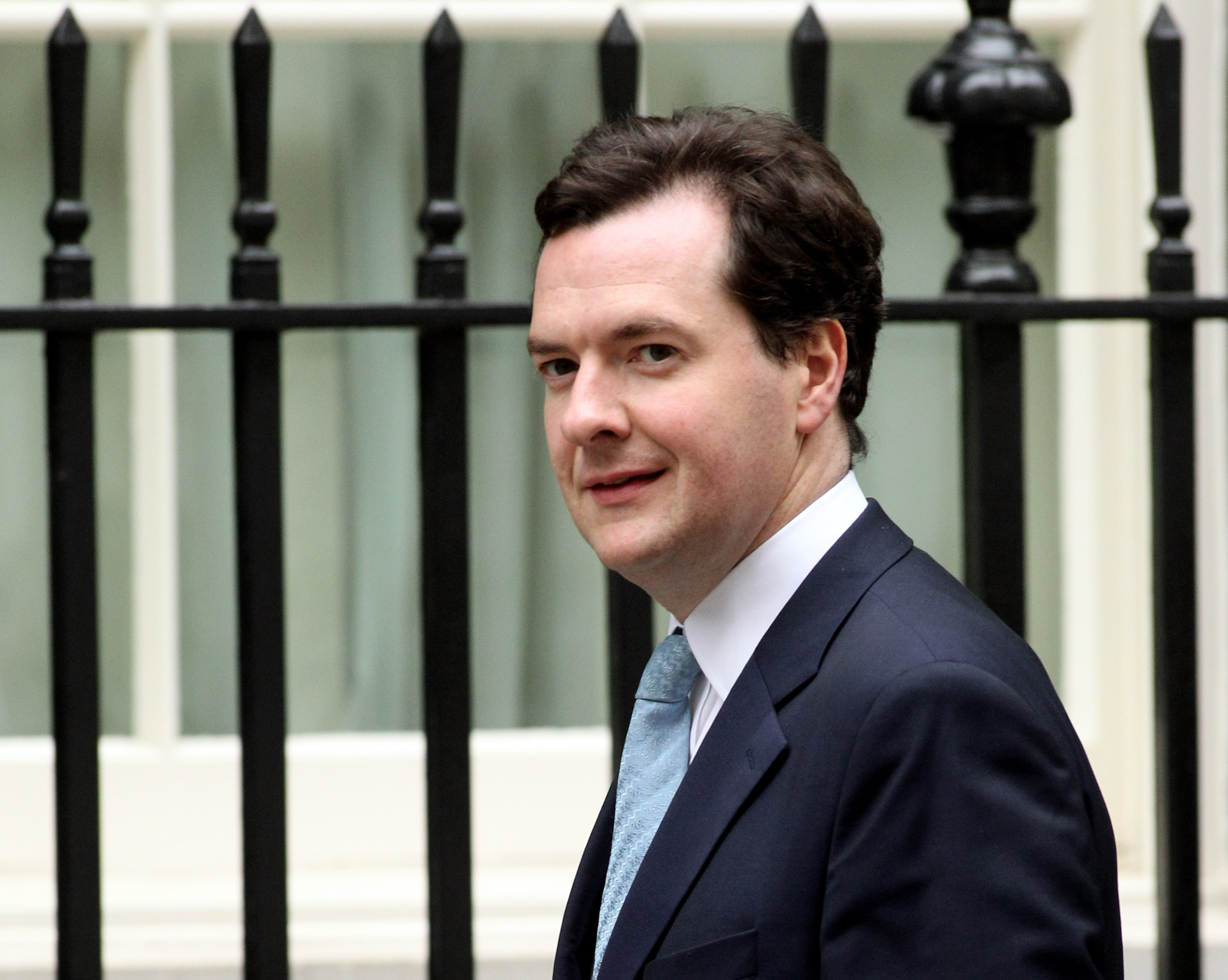 George Osborne likes to spend his weekends at Dorneywood, the chancellor’s
official residence near Slough, but I doubt this one will be particularly enjoyable. He will be burning the midnight oil as he prepares next Wednesday’s spending review. No doubt he
will also be taking calls from ministerial colleagues, muttering dark threats about aircraft carriers, the arts, sport, the roads budget, overseas consulates – you name it. And just when the
numbers all add up he will probably have to start all over again after discovering that No10 has promised to save some wind turbines because Steve Hilton bumped into somebody at a drinks
party.
George Osborne likes to spend his weekends at Dorneywood, the chancellor’s
official residence near Slough, but I doubt this one will be particularly enjoyable. He will be burning the midnight oil as he prepares next Wednesday’s spending review. No doubt he
will also be taking calls from ministerial colleagues, muttering dark threats about aircraft carriers, the arts, sport, the roads budget, overseas consulates – you name it. And just when the
numbers all add up he will probably have to start all over again after discovering that No10 has promised to save some wind turbines because Steve Hilton bumped into somebody at a drinks
party.
Meanwhile, we can expect a great caterwauling to be got up in the press as various interest groups, retired admirals, Mumsnet, “the disabled,” etc, wave their bloody stumps,
pleading for exemption from “the cuts”. My advice is to take a deep breath and to take it all with a generous pinch of salt. I am committing heresy here, but in my opinion both the
deficit and the cuts, though serious, are exaggerated, not least by the Government itself. For in the absence of any really compelling political credo from either the Conservatives or Liberal
Democrats, controlling the deficit has become a sort of pseudo-ideology holding this administration together. Something must be done, and this is something.
Welcome support for my admittedly minority point of view comes today from economist Tim Morgan, in a brilliantly contrarian paper for the Centre for Policy Studies. He demonstrates that so vast is the scale of Government spending
following 13 years of profligacy that, relatively speaking, the proposed spending cuts are actually quite modest overall. They merely involve reversing, over five years, a comparatively small part
of the enormous increases which took place in the previous decade.
How so? Well, the impact of inflation means that a pound earmarked for saving in five years time is actually worth less than a pound saved now. Take that into account, says Mr Morgan, and the real
impact of the headline £87 billion of cuts will be simply to take spending back to where it was in 2008/9, or £671 billion in today’s money. This year, by the way, the
Treasury is planning on eating its way through £697 billion, almost exactly double what it consumed, in cash terms, ten years ago.
So why such a fuss? There are two reasons. First, very simply, the public services have been used to running at their own bespoke inflation rate which is even higher than the one inflicted on the
rest of us. Health and defence have always risen in cost rapidly since the dawn of time, but under Labour everything from benefits to phone calls by civil servants went up much faster than they
should have done. Spending other people’s money is such fun, after all.
The second reason there is so much wailing and gnashing of teeth is the anatomy of the cuts. Before the election, David Cameron and Mr Osborne decided to ringfence both healthcare and overseas aid
from any cuts. To be clear, that does not mean their budgets are frozen or restricted to rising in-line with high street prices. Oh no, they are being allowed to gallop along at
Labour’s same old pace. Add to that the twin facts that interest payments on the ballooning national debt are expected to more than double by 2015 and that Ian Duncan Smith’s welfare
reforms are apparently incredibly expensive, then logic dictates that the cuts are actually being concentrated on a surprisingly narrow group of squealing departments.
The anatomy of the cuts, as opposed to their overall scope, was a political choice taken by the leadership of the Conservative party for their own reasons in 2008. This strategy was further
enshrined by the Coalition agreement, which was negotiated just as Athens went up in flames in the face of a very serious fiscal crisis gripping the euro zone. The Governor of the Bank of England
even rang Nick Clegg to reinforce the urgency of controlling public spending. It does not take a genius to work out that, in that heated atmosphere, one of the first things the Lib Dems agreed to
was ring-fencing supposedly “nice” things like health and overseas aid, while axing nasty, smelly Tory things like roads and Tornado squadrons.
Controlling government spending, as Morgan says, is surely the right thing to as the alternative would be to take a grave risk with the economy. But let us not get too carried away. The Government
owns something like £50 billion of shares in the banking system and can furthermore privatise agencies like the Royal Mint and the Tote and sell off some of its large property portfolio.
Assuming they do those things, the national debt will come down. Furthermore, thanks to Quantitative Easing, about a quarter of the national debt is actually owned by the Bank of England, which
effectively means the Government is paying interest to itself. For complicated reasons, that reassuring number does not feature in the public accounts.
No, the problem with the fiscal consolidation is not so much its scale, but its design. It is being accompanied by a so-called “progressive” redistribution (don’t you hate that word, by the way?), whereby tax rises and benefit cuts and even rises in university fees fall disproportionately, on the middle class. Leaving aside its iniquity, this progressive agenda has nullified the sort of supply side reforms and reductions in income tax rates which accompanied Margaret Thatcher’s cuts. This time around, more and more people are being dragged in to the top rate of tax and the Arts budget is being sacrificed for overseas aid, which is plainly ludicrous. Unless I am missing something, I do not see how this flawed design can do anything other than leave the Tories stuck at 36 percent of the vote, as they were at the general election. The correct verdict on Osbornism so far is good economics, not so good politics.







Comments